The monitoring of birdlife and primates is an initiative of SPIC Brasil, which had its first campaign carried out in August 2020 and the second in February 2021, with the objective of surveying population data of the bird and primate communities at Vale dos Ventos wind farm and to verify probable impacts of SPIC Brasil operations in these fauna communities.
To date, 393 birds of 61 different species have been counted and distributed in 27 families. The species of birds in greater quantity are: Tangara sayaca, Tyrannus melancholicus and Cyanerpes cyaneus. Two endemic species were found, they are: Nystalus maculatus, Hylophilus amaurocephalus Herpsilochmus pectoralis, which is a species classified as vulnerable by the international list (IUCN).
In relation to primates, these three species were identified: Alouatta belzebul, Callithrix jacchus and Sapajus flavius, which was more representative – 50 Sapajus flavius were recorded in a single day.

* Figure: Record of Sapajus flavius at Vale dos Ventos Wind Farm, Mataraca – PB (A – biologist recording at point 1; B – Sapajus flavius at point 1; C and D – Sapajus flavius at point 2). Source: Biogeo
In 2021, there will be a second campaign, as a form of continuous monitoring.

Herpsilochmus pectoralis (male) – chorozinho-de-papo-preto – species classified by IUCN as vulnerable to extinction. It is a generalist species in terms of habitat and can be found in forested areas, open areas and on the edge of vegetation.

Herpsilochmus atricapillus (female) – chorozinho-do-chapéu-preto – insectivorous bird that has a general habit in terms of habitat and can be found in forested areas, open areas and at the edge of vegetation.
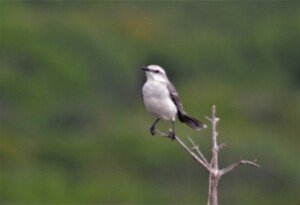
Mimus gilvus – sabiá-da-praia – this species is seen in the coastal region, always associated with restinga vegetation. It differs from sabiá-do-campo (Mimus saturninus) in that it has a gray top and a white bottom.
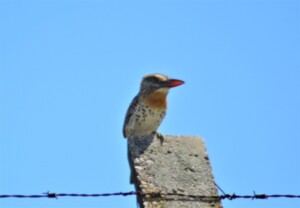
Nystalus maculatus – rapazinho-dos-velhos – is a bird that is usually found perched in the vegetation or in fences, calmly observing everything that goes on around it. It is an insectivorous bird that is not very selective about habitat and is considered a generalist.
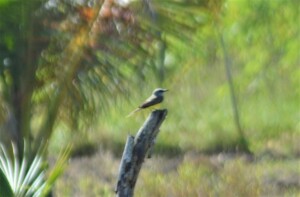
Tyrannus melancholicus – suiriri – insectivorous bird common in urban areas, open areas and rural environments.
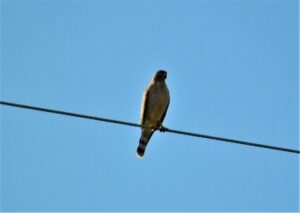
Rupornis magnirostris – gavião-carijó – this species in question is classified as carnivorous and prefers open areas.
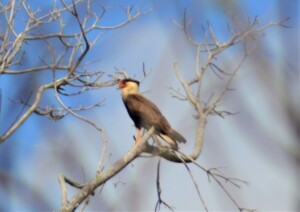
Caracara plancus – carcará – carnivorous bird, generalist and opportunist. Its record was in the sugarcane harvest areas, where it was observed foraging in the post-burned area.

Crotophaga ani – anu-preto – is a bird that lives in flocks, being recorded in open areas and on the edge of vegetation along the access of the wind farm.
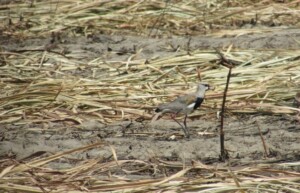
Vanellus chilensis – quero-quero – bird that does not depend on forested area. Its registration took place in an open area.
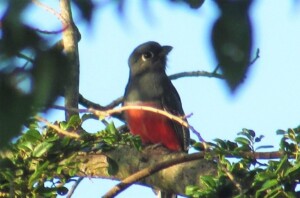
Trogon curucui (female) – surucuá-de-barriga-vermelha – species of varied eating habits, as it feeds on insects and fruits. Thus, this bird was included in the omnivorous guild. It is a common species in forested areas.
Follow her SPIC